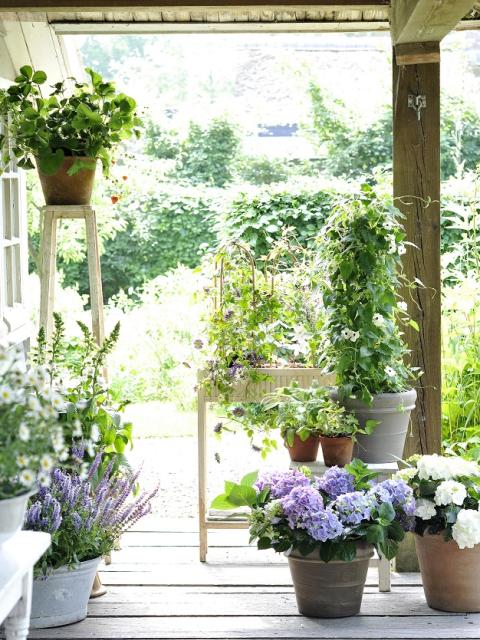The origin of midsummer
When you celebrates midsummer, you’re part of history. Midsummer is a centuries-old Germanic tradition. People celebrated the summer solstice, the day on which plants were said to have healing and magical properties. Bonfires were lit to protect against the forces of darkness, which were said to run free during the shorter days. So it was a festival to celebrate Nature, and more specifically Summer.
 Folklore, magic and love
Folklore, magic and love

Fast forward to the present. In Scandinavia and the Baltic States midsummer is still an unmissable celebration. It is marked on the Friday closest to 21 June and is still all about folklore, magic and the healing powers of nature. Today’s ingredients are flowers, plants, bonfires, delicious food and drink and love. Love for nature, summer and one another.
Dancing around the maypole
In Sweden for example you dance around the maypole with your friends, family or lover at midsummer. The maypole is decorated with daisies, ears of corn, ivy, fragrant jasmine and summer flowers, together with optional ribbons, bows and lanterns, and it’s the natural centrepiece of the celebration. Between dances you enjoy bream, smörrebröd, a tart with climbing fruit and a nice drink in the sunshine. There’s plenty of time for that since it’s the longest day of the year.
Good luck and dreaming about love
It’s a day on which you can sit with grass under your feet and a floral crown on your sun-warmed hair, languidly dreaming about everything that the lazy days of summer will bring you. Speaking of which: if you’re single, you should place some flowers under your pillow on Midsummer Day so that you’ll dream about your future lover that night. And naturally you’ll decorate your house with plants, since that brings good luck. What a great celebration!
Midsummer, Instant happiness
If you’re celebrating midsummer this year, share your photos on Instagram with the hashtag #howflowersdothat!













